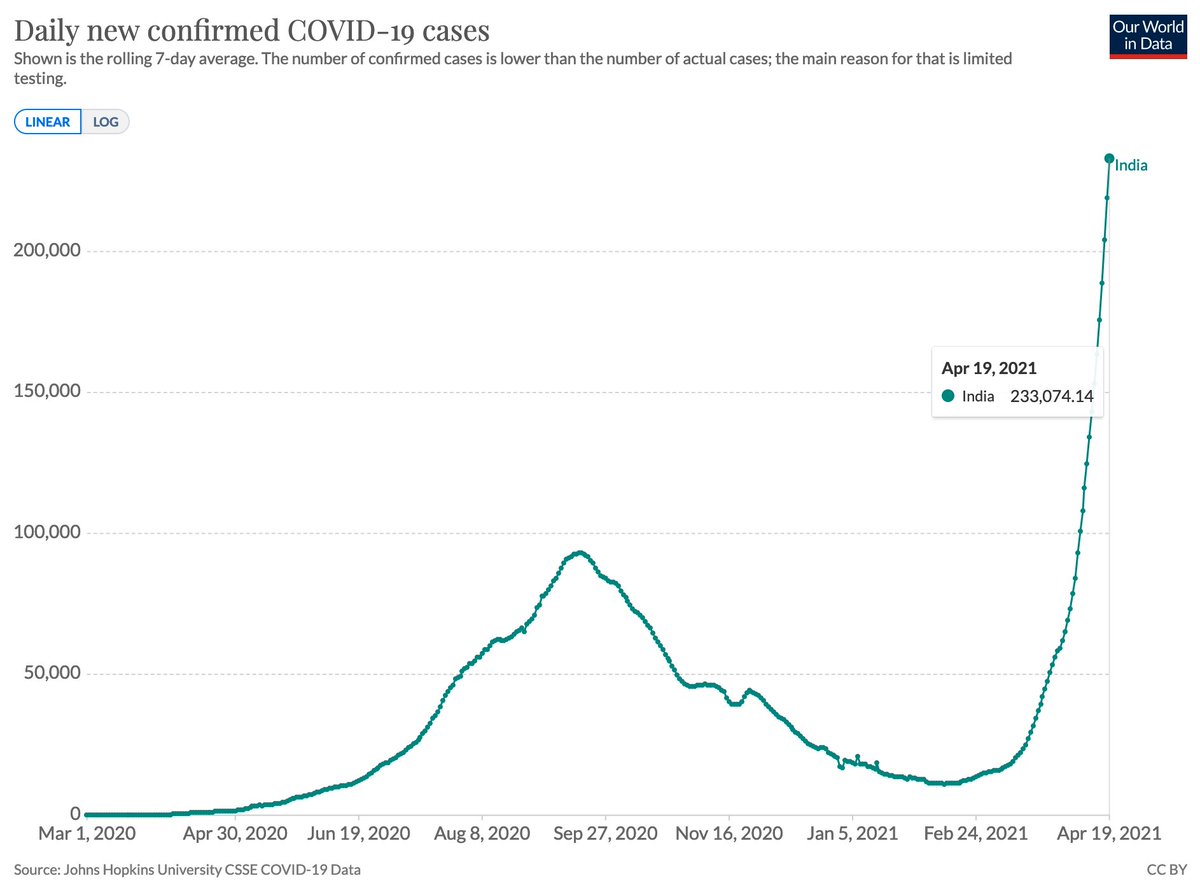
In their mission statement the @Guardian says that their work wants to "improve the world, not just critique it" and they want to "bring about a more hopeful future".
👇 This is their front page right now.
I am skeptical that their work "brings about a more hopeful future".
👇 This is their front page right now.
I am skeptical that their work "brings about a more hopeful future".

I was tweeting the above cause I want to achieve what the Guardian says in their mission.
I want my work to improve the world and I want to bring about a more hopeful future.
👇This is how I think about it.
(it's a paragraph from this brief essay: ourworldindata.org/much-better-aw…)
I want my work to improve the world and I want to bring about a more hopeful future.
👇This is how I think about it.
(it's a paragraph from this brief essay: ourworldindata.org/much-better-aw…)

If you are interested in how journalists decide what to report on and how their decisions impact people's perception of their world.
Five years ago the journalists @tirosenberg and @dnbornstein wrote this article. I think about it often.
nytimes.com/2016/11/15/opi…
Five years ago the journalists @tirosenberg and @dnbornstein wrote this article. I think about it often.
nytimes.com/2016/11/15/opi…
To emphasize, I am very much not suggesting that the media shouldn't report about what is going wrong.
They should.
I think they are failing to achieve their mission not because of what they publish, but because of what they don't publish.
They should.
I think they are failing to achieve their mission not because of what they publish, but because of what they don't publish.
If you are interested in an explanation that is a bit longer than a Twitter-thread, you could read this.
My essay on what we want to achieve with our work on @OurWorldInData: ourworldindata.org/problems-and-p…
My essay on what we want to achieve with our work on @OurWorldInData: ourworldindata.org/problems-and-p…
• • •
Missing some Tweet in this thread? You can try to
force a refresh











